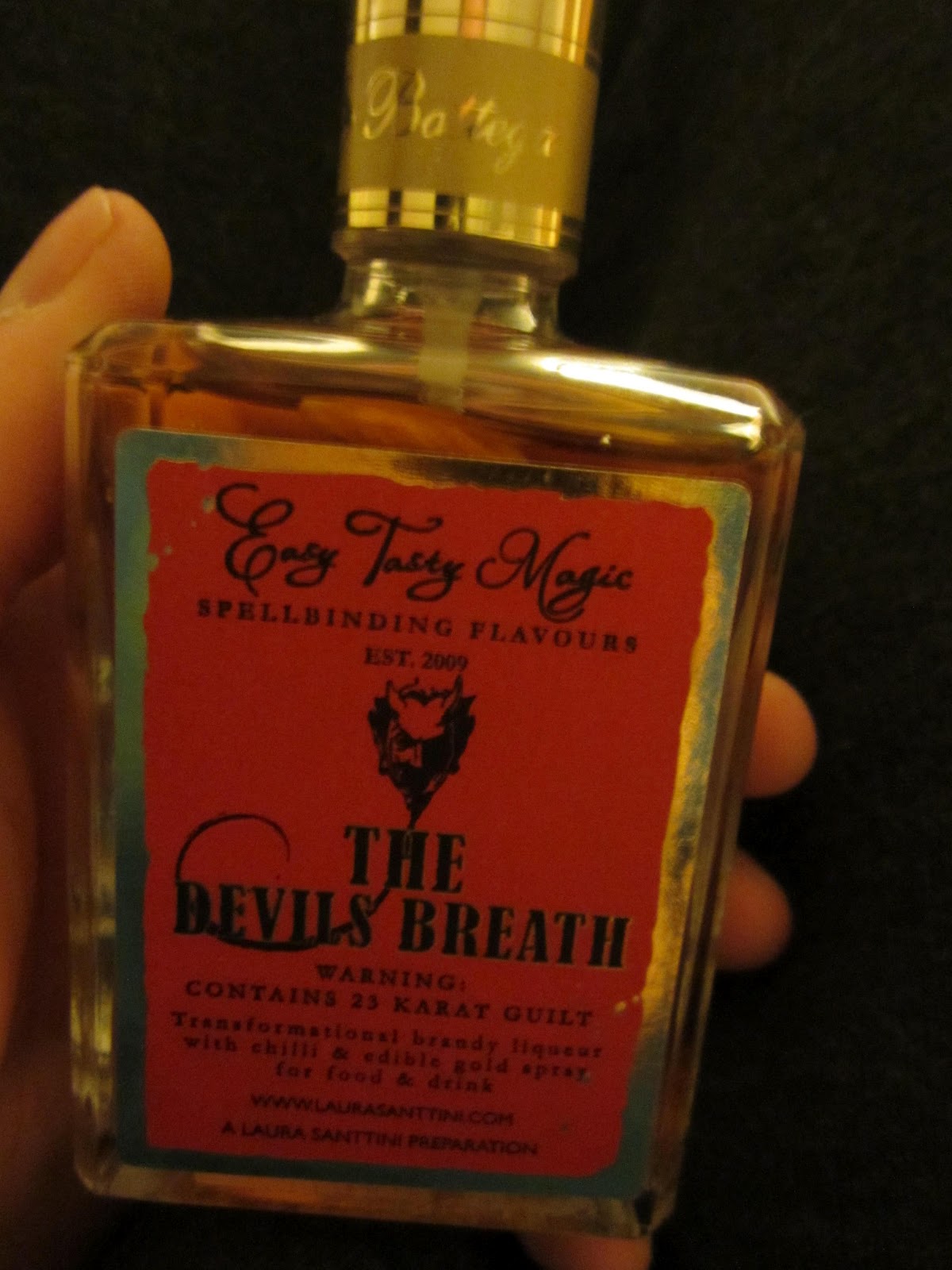In the realm of beverages, there exists a concoction that has been both revered and reviled throughout history: the Devil's Drink. This allusion to a drink that embodies temptation and indulgence captures the imagination of many, stirring curiosity and intrigue. What lies behind this ominous title? Is it simply a moniker for a potent alcoholic beverage, or does it delve deeper into the cultural and historical implications of imbibing such a drink? As we explore the origins, implications, and experiences surrounding the Devil's Drink, we embark on a journey that intertwines myth and reality, pleasure and peril.
The concept of the Devil's Drink is not merely a modern invention; it has roots that stretch back centuries, often associated with forbidden pleasures and the darker side of human nature. From the taverns of medieval Europe to the speakeasies of the Prohibition era, this term has evolved but always carries with it a sense of danger and allure. But what is it about this drink that has ensnared the hearts and minds of so many?
Join us as we delve into the fascinating world of the Devil's Drink. We will explore its historical significance, cultural interpretations, and contemporary relevance. Are we simply drawn to the idea of indulgence, or is there something more sinister at play? Let’s uncover the mysteries behind this enigmatic beverage.
What is the Devil's Drink?
The term "Devil's Drink" can refer to a variety of alcoholic beverages, but most commonly it is associated with spirits that have a notorious reputation. The phrase often evokes images of strong, intoxicating drinks that lead one down a path of indulgence and excess. Some of the most notorious examples include:
- Absinthe: Known as the "Green Fairy," this high-proof spirit has been linked to its hallucinogenic properties and artistic bohemian culture.
- Rum: Often associated with pirates and the high seas, rum has a reputation for being a drink of debauchery.
- Whiskey: The strong nature of whiskey has often led to its association with wild nights and reckless behavior.
How Did the Devil's Drink Become a Cultural Icon?
The Devil's Drink is not just a beverage; it's a cultural phenomenon that has been portrayed in various forms of art, literature, and folklore. From classic novels to modern music, the concept of indulging in forbidden drinks has inspired countless creators. The imagery associated with the Devil's Drink often reflects a struggle between desire and morality, making it a compelling subject for storytelling.
Why Do People Seek Out the Devil's Drink?
There are several reasons why individuals might be drawn to the allure of the Devil's Drink. These include:
- Curiosity: The mystique surrounding the Devil's Drink piques interest, leading people to seek out these beverages for the experience.
- Rebellion: Consuming such drinks can be an act of defiance against societal norms or personal restrictions.
- Socialization: The act of drinking is often a communal experience, and indulging in the Devil's Drink can enhance social interactions.
What Are the Risks Associated with the Devil's Drink?
While the Devil's Drink may offer a thrilling experience, it is essential to acknowledge the potential risks involved. The consumption of potent alcoholic beverages can lead to:
- Alcohol Dependence: Regular consumption of strong spirits can lead to addiction.
- Health Issues: Excessive drinking can result in liver damage, heart disease, and other health complications.
- Social Consequences: Intoxication can lead to poor decision-making, resulting in damaged relationships and reputations.
Is There a Safe Way to Enjoy the Devil's Drink?
For those who wish to indulge in the Devil's Drink, moderation is key. Here are some guidelines for safe consumption:
- Know Your Limits: Understand your tolerance levels and stay within them.
- Pace Yourself: Avoid binge drinking by savoring each sip and spacing out your drinks.
- Stay Hydrated: Drink water alongside alcoholic beverages to mitigate the effects of alcohol.
What Is the Future of the Devil's Drink?
As society continues to evolve, so too does the perception of the Devil's Drink. With the rise of craft cocktails and artisanal spirits, there has been a resurgence in interest in unique and potent beverages. However, this also brings the responsibility of ensuring safe consumption practices. As we move forward, it will be essential to find a balance between enjoyment and health.
Conclusion: Embracing or Rejecting the Devil's Drink?
Ultimately, the choice to indulge in the Devil's Drink lies with the individual. While it can represent temptation and indulgence, it can also serve as a reminder of the importance of moderation and self-awareness. Whether one views it as a delightful escape or a dangerous vice, the Devil's Drink will continue to captivate and intrigue for generations to come.


.jpg)
